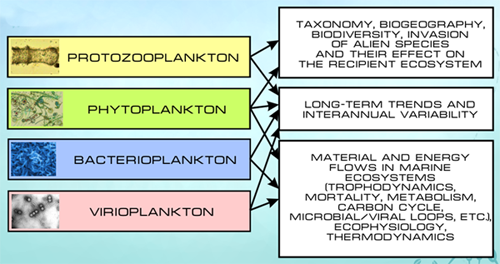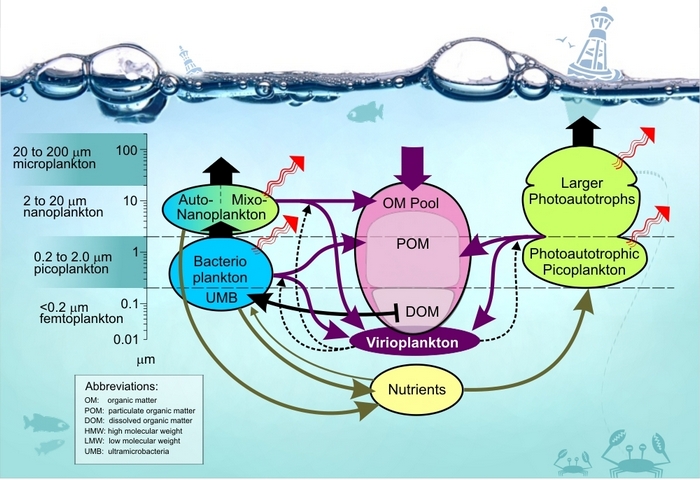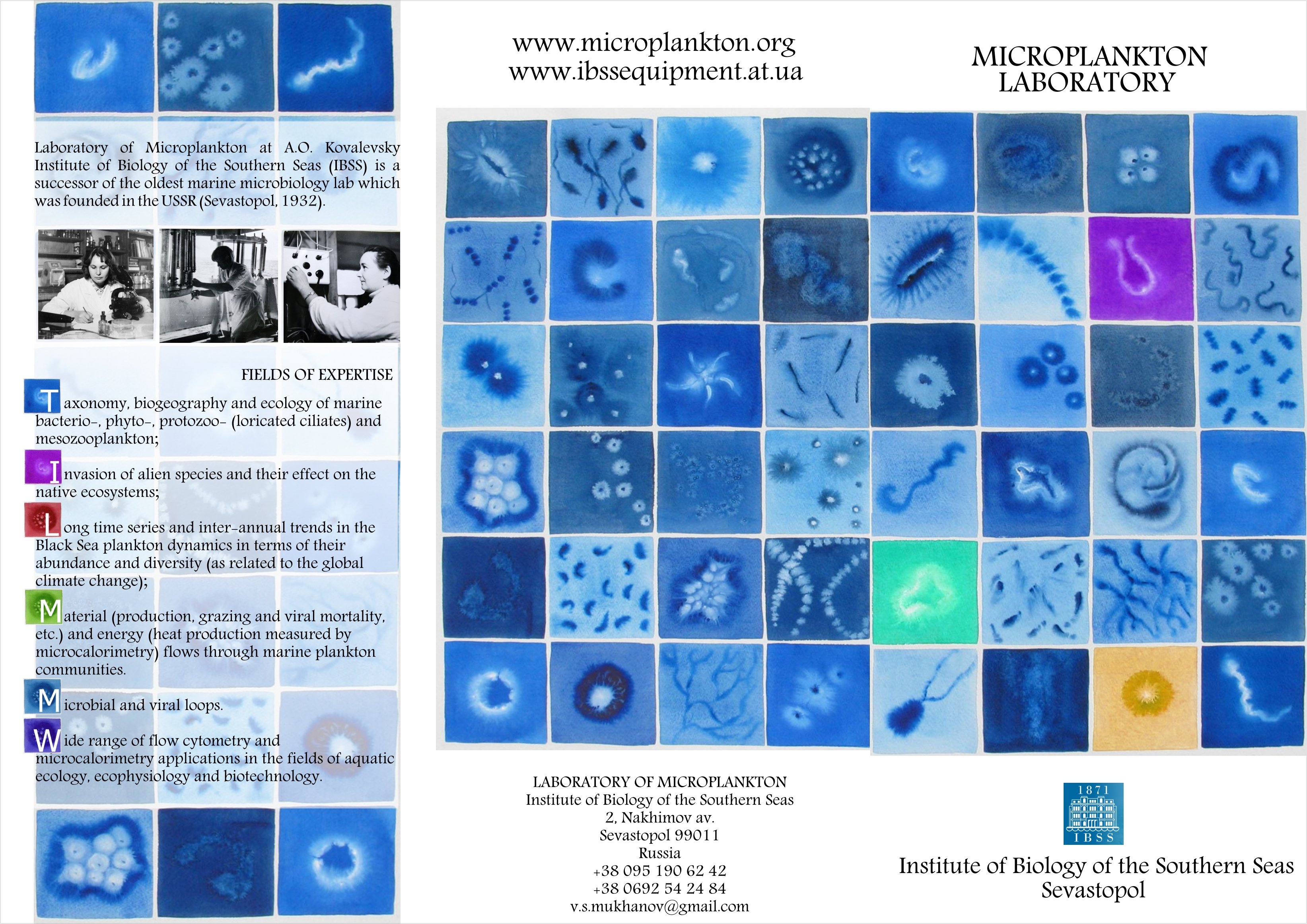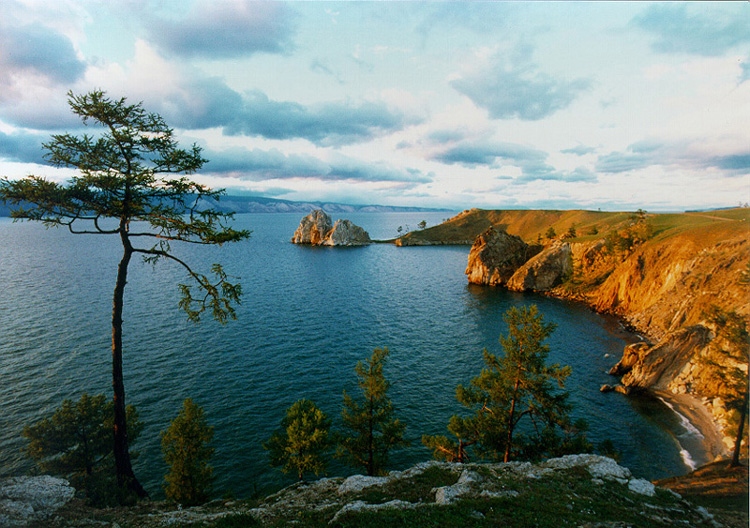 The Oldest Soviet Lab in the Field of Marine Microbiology
The Oldest Soviet Lab in the Field of Marine Microbiology
Laboratory of Microplankton at Kovalevsky Institute of Marine Biological Research (IMBR) Russian Academy of Sciences is a successor of the oldest marine microbiology lab which was founded in Sevastopol (Crimea, USSR) in 1932. Early research activity of the lab involved collecting microbiological samples in the Black Sea coastal waters, isolating and identifying new bacterial strains, studying their physiology (explore Lab history here).
 Fields of Expertise and Tasks
Fields of Expertise and Tasks
The marine habitats supports incredible biological diversity most of which appears in the form of microplankton. Invisible to the naked eye, the planktonic microorganisms control the flow, transformation and storage of elements such as carbon, nitrogen, and phosphorus, thus, contributing to the stability of the Earth’s climate and the composition of the air we breathe.

Our lab is interested in characterizing the microbial diversity and abundance in the marine environment (see the scheme above); we try to understand how this diversity affects the above mentioned elemental flows and how it varies in space and time due to physical, chemical, and biological factors. In order to achieve this goal we use a broad spectrum of research tools, field expeditions, and laboratory experiments. Questions and problems addressed in the Lab include:
(i) taxonomy, biogeography and ecology of marine bacterio-, phyto-, protozoo- (loricated ciliates) and mesozooplankton;
(ii) invasion of alien species and their effect on the native ecosystems;
(iii) long time series and inter-annual trends in the Black Sea plankton dynamics in terms of their abundance and diversity (as related to the global climate change);
(iv) material (production, grazing and viral mortality, etc.) and energy (heat production measured by (photo)microcalorimetry) flows through marine plankton communities; (v) microbial and viral loops;
(vi) epifluorescence microscopy and flow cytometry of marine virioplankton, photoautotrophic and heterotrophic pico- and nanoplankton.
Since 2014, we are involved in Rosneft's Environmental Monitoring & Assessment Programs in the Eastern Black Sea.
The Lab has been using a Beckman Coulter Cytomics FC 500 flow cytometer since 2009. The method is applied for assessing water quality and other ecological and physiological variables, in particular:
(i) measuring abundance, viability and physiological activity of heterotrophic and photoautotrophic microorganisms in the sea, which belong to pico- (0.2 – 2 µm in size) and nanoplankton (2 – 20 µm in size);
(ii) enumerating virus-like particles in seawater;
(iii) identifying cell sub-populations in fish sperm and blood and assessing their physiological status (cell kinetics, proliferation, viability; enzyme activity; mitochondrial membrane potential, cell cycle, apoptosis, etc.);
(iv) measuring individual cell DNA and pigment contents in microalgal cultures;
(v) studying prey recognition and feeding selectivity in zooplankton grazing on microalgal mixtures.
The material and energy flows through the marine microbial food web we are focused on are presented in the figure below:

|
|
|
Two additional FRBR projects, "Operational monitoring of potentially toxic phytoplankton in coastal waters off Sevastopol using DNA probes and flow cytometry" (14-44-01584 ... Read more » |
|
Our proposal "Functions and genetic diversity of femtoplankton in marine and freshwater ecosystems" has been supported by FRBR (Russia). The project will run in collaboration with Limnological Institute RAS (Irkutsk) since September 2014. |








